From Rough to Ultra-High Vacuum Applications
Serving all vacuum levels with innovative technology.
Vacuum technology for your application
-
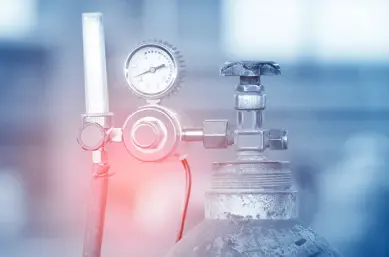
Helium leak detection (spraying)
Precise helium leak detection ensures the integrity of vacuum systems for safe and efficient operation.
Learn more
-
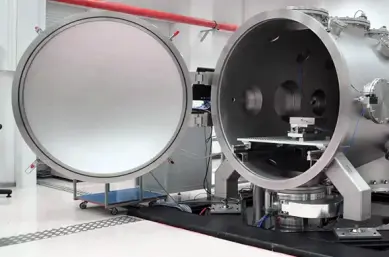
Generation of ultra-high vacuum (UHV)
UHV enables groundbreaking research and production in ultra-clean, particle-free environments.
Learn more
-

Container Closure Integrity Testing (CCIT)
Vacuum-based CCIT ensures sterile, leak-free packaging for pharmaceutical safety and quality.
Learn more
-
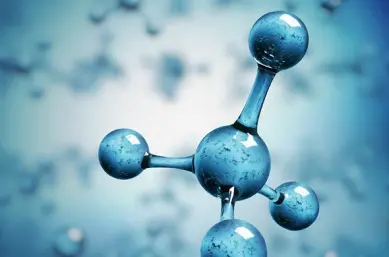
Residual gas analysis (RGA)
RGA in vacuum systems identifies contaminants, ensuring process cleanliness and equipment protection.
Learn more
-
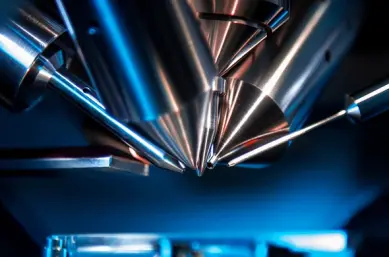
Mass spectrometry
Vacuum enables accurate ion transport for precise mass analysis in advanced spectrometry techniques.
Learn more
-
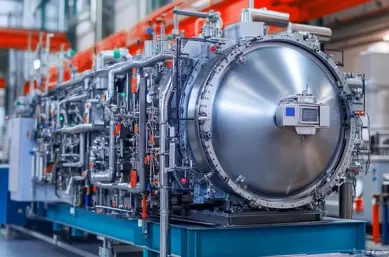
Heat treatment/Vacuum furnaces
Vacuum heat treatment enables uniform material transformation at low process temperatures, ensuring consistent quality and surface finish.
Learn more
-
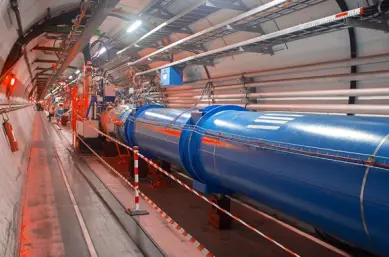
Accelerators
Vacuum in accelerators ensures particle beam stability for high-precision research and imaging.
Learn more
-
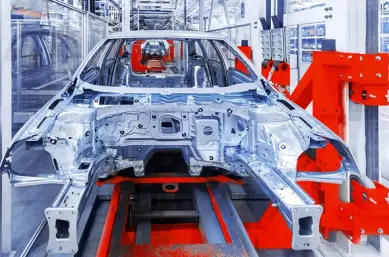
Leak testing in automotive, aeronautics and refrigeration
Vacuum leak detection ensures safety and efficiency in high-performance automotive and aerospace systems.
Learn more
-
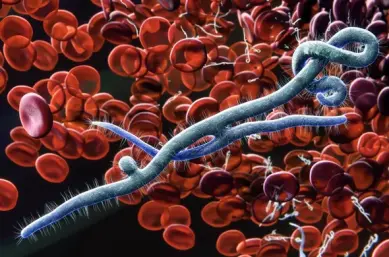
Electron microscopy
Vacuum allows electron flow without scattering, delivering high-resolution imaging of even the tiniest structures.
Learn more
-
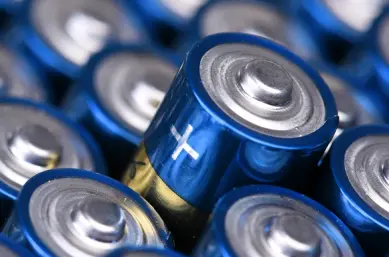
Lithium-ion batteries
Vacuum processes improve battery performance, cleanliness, and safety during cell manufacturing.
Learn more
-
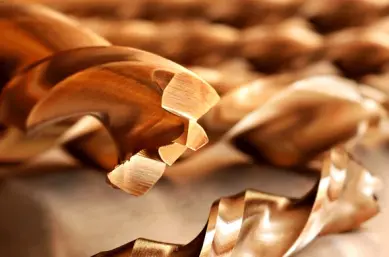
Thin film coating
Vacuum ensures uniform thin films for high-performance optical, electronic, and decorative layers.
Learn more
-
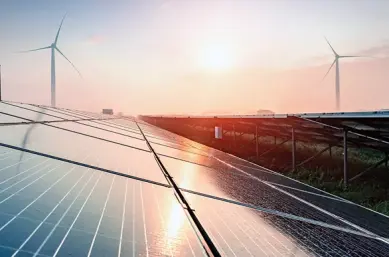
Solar cell manufacturing
High vacuum ensures carbon-free environments for efficient, high-quality solar cell production.
Learn more
-
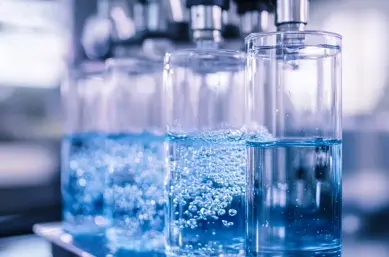
Hydrogen fuel cells
Vacuum technology ensures safe, leak-free hydrogen storage and efficient fuel cell operation.
Learn more
-

Space simulation
Vacuum chambers simulate outer space for testing satellite and spacecraft performance reliably.
Learn more
-
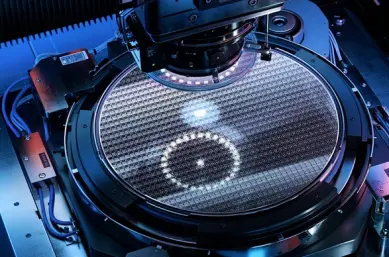
EUV lithography
Vacuum is critical for precise, particle-free EUV lithography in semiconductor production.
Learn more
-

Semiconductor etching and cleaning
Vacuum enables precise etching and cleaning for nanoscale semiconductor manufacturing.
Learn more
-
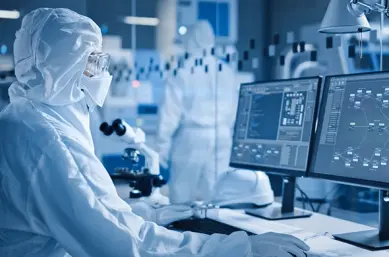
Airborne molecular contamination (AMC)
One of the main sources of wafer defectivity causing yield losses in semiconductor fabs.
Learn more -
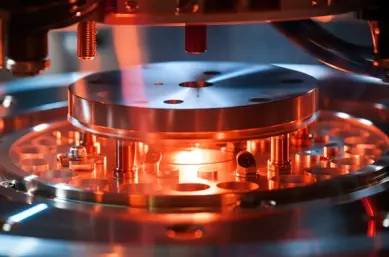
Thin film deposition
Vacuum in thin film deposition for semiconductors minimizes contamination, ensures uniformity, and allows precise control over the deposition process.
Learn more -
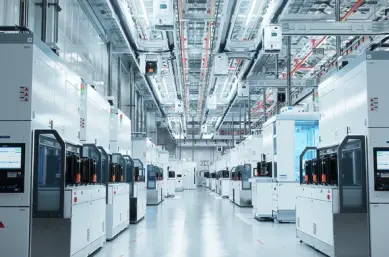
-
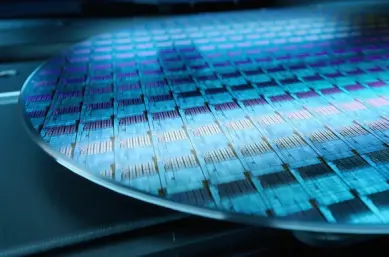
Ion source, beamline and end station
The production of a semiconductor component is a highly intricate process including multiple stages carried out in a vacuum environment.
Learn more -
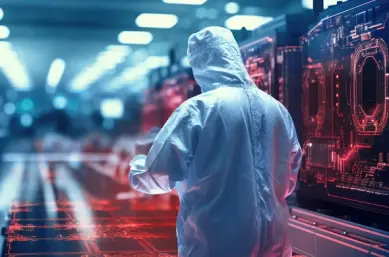
CD-SEM
A growing number of production steps and extremely small device dimensions make wafer inspection and metrology more crucial than ever.
Learn more -
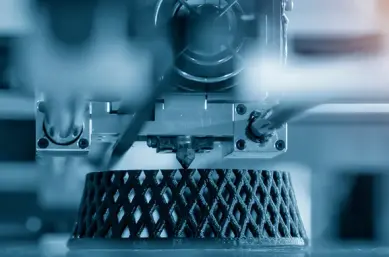
3D printing
Vacuum prevents oxidation, improves material quality, and boosts energy efficiency by allowing higher energy densities during melting.
Learn more -
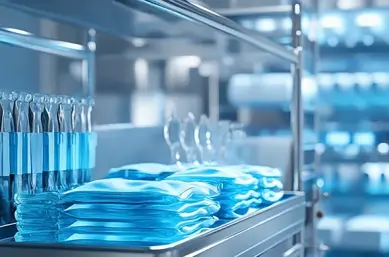
Sterilization
Sterilization is a process to kill different kinds of microorganisms such as fungi, bacteria, viruses and spores.
Learn more